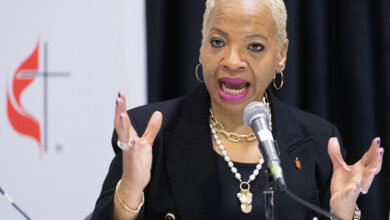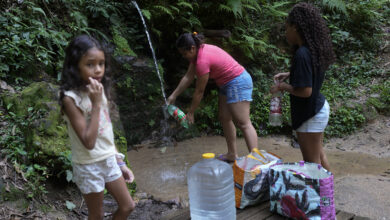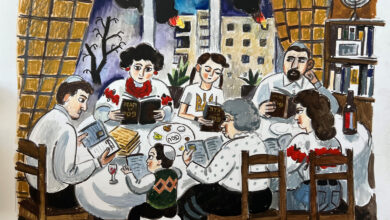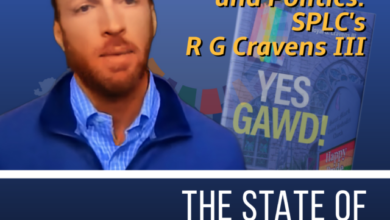Purim, Passover and the formation of memory
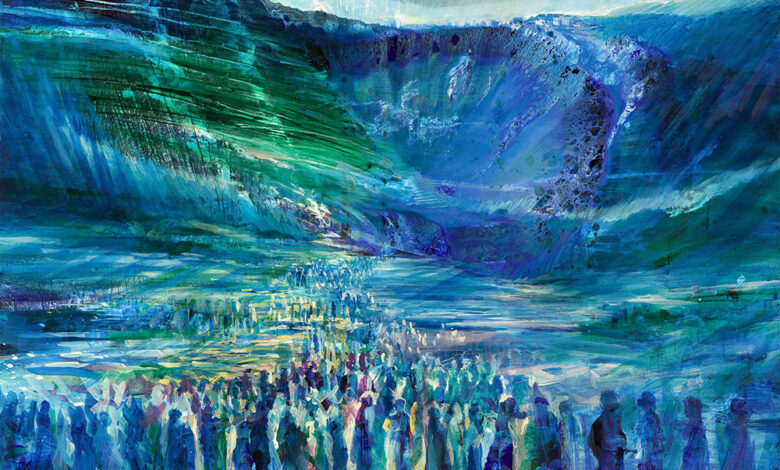
(RNS) — When Jews sit down for the Passover Seder, we aim to tell the story in such a way that we feel we ourselves have left Egypt. In the words of Rabbi Marc-Alain Ouaknin, “This ceremony, whose form lies somewhere between theater and liturgy, is an apprenticeship in liberty and creativity through play, questions, mime, song, and an ensemble of symbols.”
In a recently published book, “Why We Remember: Unlocking Memory’s Power to Hold on to What Matters,” neuroscientist Charan Ranganath writes, “We do not simply replay a past event, but use a small amount of context and retrieved information as a starting point to imagine how the past could have been.”
The Seder is just this: an imaginative attempt to re-experience the journey from slavery to freedom, of actually becoming redeemed so that there is a feeling of gratitude for all we experience.
The liturgy we use on Passover, known as the Haggadah — “the telling” in Hebrew — is meant to be improvised with, added to and adapted as necessary each year and for each group. There are Haggadot with commentaries by specific scholars, those for women’s Seders, those oriented to children, alongside Haggadot that stress social justice and comedy Haggadot. This year there is one put out by the families of the Israeli hostages who have been held in Gaza for over six months.
The language of Haggadah explicitly states that anyone who adds to the telling of the coming out of Egypt is praiseworthy. This pivotal injunction of the Haggadah appears in rejoinder to the opening salvo of the four questions asked by the youngest participant present: “The more one tells of the coming out of Egypt, the more admirable it is.”
This is a very different act of remembrance from the holiday of Purim, celebrated a month before Passover. The narrative of the Bible’s Book of Esther, the story we celebrate on Purim, is read carefully and deliberately aloud from a scroll; it recounts Jews physically defeating their enemies. In fact, the word “write” appears multiple times in the account. Its nature as text conveys information but also mastery over the situation. One of the four commandments of the holiday is to read and listen to the exact words of the story from a written scroll (“megillah”).
The vitally urgent role that retelling plays is particularly evident in Esther’s sixth chapter where the heroine reminds Ahasuerus, the king of Persia, of the deeds of Mordechai, who has saved the king’s life.
The formation of memory that links Purim and Passover is a profound part of Jewish practice, thought and life. Creating memories enables us to act with wisdom and practice resilience. It’s little wonder that, according to a 2021 Pew Research survey, Passover is celebrated by 62% of American Jews and 96% of Israeli Jews, more than any other Jewish holiday or religious ritual, despite the many demands it makes on its celebrants.
An essential part of the memory-making of both Passover and Purim is the hope we find in gathering. In the Book of Esther, the verb “vayakhel,” to gather, appears five times. Gatherings promote memories of compassion and perseverance. They help us conquer fear and create a positive force in the world. In the words of Jonathan Polin and Rachel Goldberg, parents of hostage Hersh Goldberg-Polin, “Hope is mandatory. That is what it is to be part of the Jewish nation.”
Rabbi Jonathan Sacks wrote in 1998, “The Haggadah is not predicated on a simple concept of Jewish unity … We are the people who carried with us the indelible recollection of centuries of suffering, not because we revel in it, not because we see ourselves as victims, but in order to remember that whatever else divides us, history unites us.”
In a book about conquering fear written for the post 9/11 world, Rabbi Harold Kushner wrote: “Sociologists studying the religions of primitive societies concluded that the earliest forms of religion evolved not so much to connect people to God as to connect them to other people.”
Nor is the compassion and resilience promised by gathering at Purim and Passover limited to these holidays, but is the work of a lifetime.
(Beth Kissileff is co-editor of “Bound in the Bond of Life: Pittsburgh Writers Reflect on the Tree of Life Tragedy.” The views expressed in this commentary do not necessarily reflect those of Religion News Service.)
Source link

